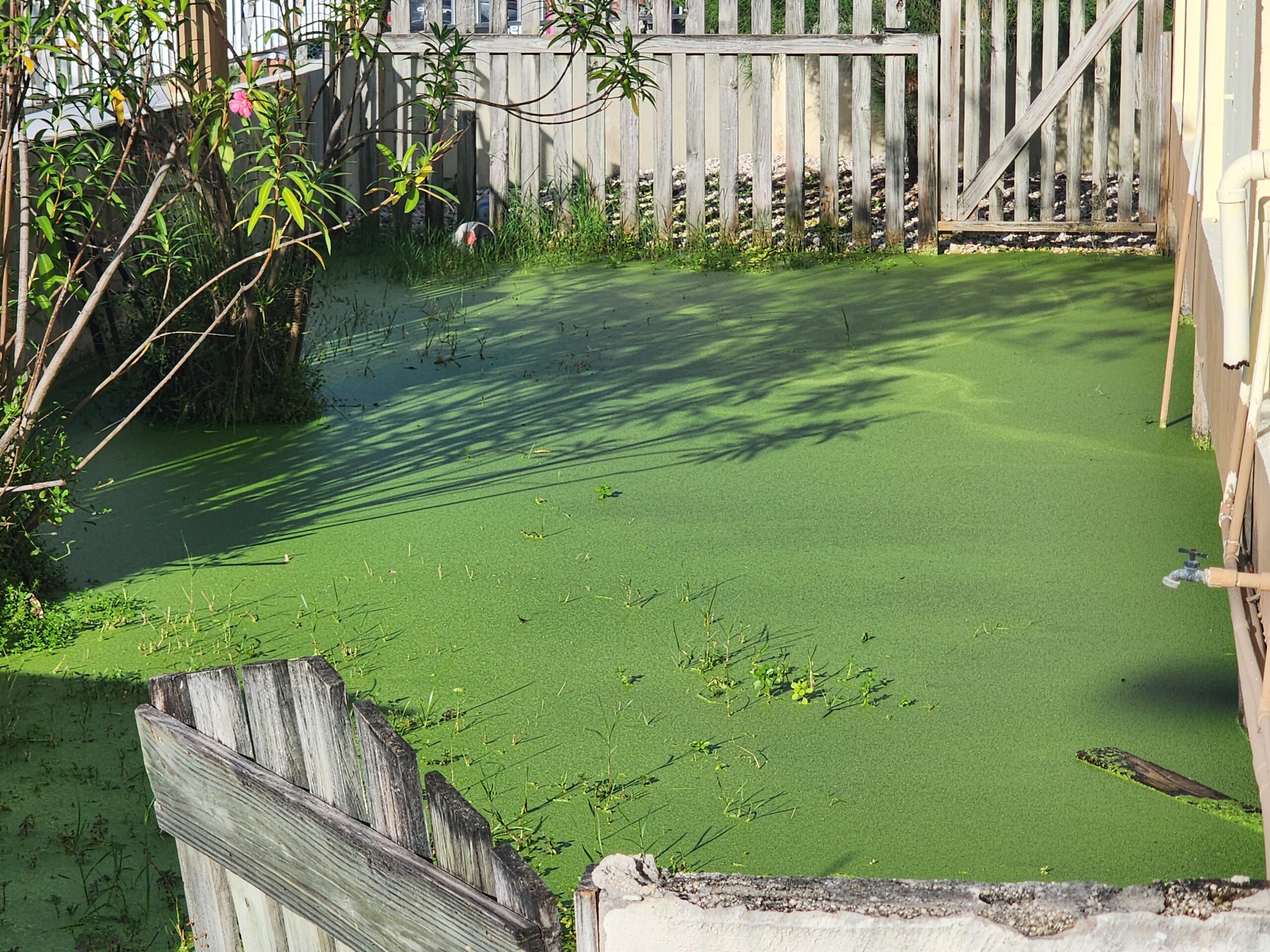The UAE Eyes a Leading Role in Security Cooperation and Technological Innovation – The Geopolitics

Report on the United Arab Emirates’ Contributions to Global Security and the Sustainable Development Goals
Introduction: Aligning National Security with Global Sustainability
The United Arab Emirates (UAE) has strategically positioned itself as a key contributor to global peace and security, directly advancing the United Nations’ Sustainable Development Goals (SDGs). The nation’s efforts in combating transnational crime, fostering international cooperation, and building institutional capacity are fundamentally aligned with SDG 16 (Peace, Justice and Strong Institutions) and SDG 17 (Partnerships for the Goals). This report outlines the UAE’s multifaceted approach to creating safer environments through multilateral engagement, technological innovation, and strategic partnerships, thereby supporting a sustainable and secure future for all.
Fostering Global Partnerships for Peace and Justice (SDG 16 & SDG 17)
The UAE champions international security cooperation through structured partnerships and global law-enforcement alliances, embodying the principles of SDG 17 to strengthen the means of implementation and revitalize the global partnership for sustainable development.
Key Multilateral Engagements and Financial Contributions
- INTERPOL Support: In 2017, the UAE contributed €50 million to support seven INTERPOL projects. This investment strengthens global institutional capacity (SDG 16.a) to combat international crime and terrorism, which are significant impediments to peaceful societies.
- International Security Alliance (ISA): Co-founded by the UAE and France, the ISA has expanded to include nine member states. It serves as a premier multilateral platform for law-enforcement cooperation, directly addressing SDG 16.4 by working to significantly reduce illicit financial and arms flows and combat all forms of organized crime.
- Bilateral Security Agreements: The UAE has established robust bilateral frameworks with nations including Germany, Sweden, and Serbia to enhance cooperation in combating organized crime, trafficking, and financial crime, reinforcing the collaborative spirit of SDG 17.
Operationalizing Cooperation to Combat Human Trafficking (SDG 16.2)
The ISA framework facilitates practical, joint exercises to enhance operational readiness. The third joint simulation exercise (ISALex-3) focused on preventing human and arms trafficking, a direct contribution to SDG 16.2 (End abuse, exploitation, trafficking and all forms of violence against and torture of children). The exercise utilized advanced AI and digital simulations, demonstrating an innovative approach to achieving SDG targets and protecting vulnerable populations.
Strengthening Institutions and Building Capacity for Sustainable Peace
The UAE’s strategy involves a dual focus on strengthening its domestic institutions to create safe and inclusive communities (SDG 11) while actively sharing expertise to build capacity in partner nations, a core tenet of SDG 16.
Domestic Implementation: A Model for Next-Generation Policing
Domestically, the UAE is a leader in developing effective, accountable, and transparent institutions at all levels (SDG 16.6). Law enforcement agencies have integrated advanced technologies to create a model of anticipatory security:
- AI-Driven Surveillance: Dubai Police employs AI and predictive policing to monitor suspicious financial transactions, helping to combat illicit financial flows (SDG 16.4).
- Cyber-Patrol Units: Abu Dhabi Police deploys specialized units to counter cyber and financial fraud, safeguarding economic stability and contributing to the development of just and strong institutions.
International Capacity Building and Knowledge Exchange
The UAE extends its commitment to SDG 16 beyond its borders by fostering cross-border understanding and strengthening institutional capabilities globally.
- Secure Communities Forum (SCF): The UAE supports platforms like the SCF to facilitate dialogue and collaboration on global security challenges.
- International Initiative of Law Enforcement for Climate (I2LEC): By leading workshops under I2LEC, the UAE addresses environmental crimes, linking security efforts with SDG 13 (Climate Action).
- Regional Cooperation Programs: Through agreements with countries in regions such as the Horn of Africa, the UAE provides training and support to enhance leadership and digital systems, contributing to long-term stability and resilience.
Addressing Future Threats and Reinforcing a Vision for Sustainable Development
The UAE is proactively preparing for emerging security challenges, including cyberattacks, transnational terrorism, and the misuse of new technologies. By investing in advanced intelligence, data analysis, and international cooperation, the nation is building resilience against threats that could undermine progress on all SDGs.
Conclusion: An Integrated Approach to Global Security and Sustainability
The United Arab Emirates’ approach to security is intrinsically linked to the 2030 Agenda for Sustainable Development. Through multilateral engagement, technological innovation, and a firm commitment to building strong institutions at home and abroad, the UAE is shaping a more collaborative and future-ready global security landscape. These efforts are a direct and significant contribution to achieving SDG 16 (Peace, Justice and Strong Institutions) and SDG 17 (Partnerships for the Goals), reaffirming that global safety and sustainable development are mutually reinforcing objectives.
Analysis of Sustainable Development Goals in the Article
1. Which SDGs are addressed or connected to the issues highlighted in the article?
-
SDG 16: Peace, Justice and Strong Institutions
- The article extensively discusses the UAE’s efforts to combat transnational organized crime, including human and arms trafficking, financial crime, cyber-crime, and drug trafficking. It highlights the development of strong, effective, and technologically advanced law enforcement agencies (like Dubai and Abu Dhabi Police) and their role in ensuring safety and justice. This directly aligns with the goal of promoting peaceful and inclusive societies, providing access to justice for all, and building effective, accountable, and inclusive institutions.
-
SDG 17: Partnerships for the Goals
- A central theme of the article is the UAE’s commitment to international cooperation and multilateralism. It details numerous partnerships, such as the International Security Alliance (ISA), bilateral agreements with countries like Germany, Sweden, and Serbia, and contributions to global bodies like INTERPOL. These collaborations, aimed at sharing intelligence, technology, and expertise to tackle global threats, are a clear embodiment of strengthening the means of implementation and revitalizing the global partnership for sustainable development.
2. What specific targets under those SDGs can be identified based on the article’s content?
-
Under SDG 16:
- Target 16.4: “By 2030, significantly reduce illicit financial and arms flows, strengthen the recovery and return of stolen assets and combat all forms of organized crime.” The article directly addresses this by describing efforts to combat human and arms trafficking through the ISALex-3 simulation, intercepting illicit narcotics, and fighting financial and cyber-crime.
- Target 16.a: “Strengthen relevant national institutions, including through international cooperation, for building capacity at all levels, in particular in developing countries, to prevent violence and combat terrorism and crime.” The article highlights this through the UAE’s financial contribution to INTERPOL, the establishment of the ISA, and providing training and support to other nations (e.g., in the Horn of Africa) to enhance their security capabilities.
-
Under SDG 17:
- Target 17.9: “Enhance international support for implementing effective and targeted capacity-building in developing countries to support national plans to implement all the sustainable development goals…” The article mentions the UAE’s regional cooperation program making agreements with countries like Egypt, Rwanda, Kazakhstan, and Iraq to “help improve leadership, human resources, programs, and digital systems,” which is a direct example of targeted capacity-building.
- Target 17.16: “Enhance the Global Partnership for Sustainable Development, complemented by multi-stakeholder partnerships that mobilize and share knowledge, expertise, technology and financial resources…” The entire article is a testament to this target, detailing the UAE’s role in forming and participating in multilateral platforms like the ISA, signing bilateral security agreements, and working with a coalition of 25 countries to achieve common security goals.
3. Are there any indicators mentioned or implied in the article that can be used to measure progress towards the identified targets?
-
For SDG 16 Targets:
- Indicator for Target 16.4: The article provides quantitative data that can be used as an indicator of progress in combating organized crime. It states that a coalition including the UAE “intercepted more than 822 tons of illicit narcotics valued at approximately US$2.9 billion, and arrested over 12,500 suspects worldwide.” The use of AI by Dubai Police to “monitor suspicious financial transactions” is an indicator of efforts against illicit financial flows.
- Indicator for Target 16.a: A clear financial indicator is the UAE’s contribution of “€50 million ($58.2 million) to support seven INTERPOL projects.” The number of international agreements signed (e.g., with Germany, Sweden, Serbia) and the establishment and expansion of the International Security Alliance (ISA) to nine member countries serve as indicators of strengthening institutions through international cooperation.
-
For SDG 17 Targets:
- Indicator for Target 17.9: The article implies progress through the description of the UAE’s regional cooperation program, which has established agreements with countries like Egypt, Rwanda, Kazakhstan, and Iraq. The “training and support initiatives” in regions like the Horn of Africa are qualitative indicators of capacity-building efforts.
- Indicator for Target 17.16: The number and nature of partnerships described are key indicators. This includes the nine-member International Security Alliance (ISA), the coalition of 25 countries involved in drug interception, and numerous bilateral agreements. The hosting of joint exercises like “ISALex-3” is a tangible indicator of an active and functioning partnership.
4. Summary of Findings
| SDGs | Targets | Indicators |
|---|---|---|
| SDG 16: Peace, Justice and Strong Institutions | 16.4: Significantly reduce illicit financial and arms flows… and combat all forms of organized crime. |
|
| SDG 16: Peace, Justice and Strong Institutions | 16.a: Strengthen relevant national institutions, including through international cooperation, for building capacity… to combat terrorism and crime. |
|
| SDG 17: Partnerships for the Goals | 17.9: Enhance international support for implementing effective and targeted capacity-building in developing countries. |
|
| SDG 17: Partnerships for the Goals | 17.16: Enhance the Global Partnership for Sustainable Development, complemented by multi-stakeholder partnerships. |
|
Source: thegeopolitics.com
What is Your Reaction?
 Like
0
Like
0
 Dislike
0
Dislike
0
 Love
0
Love
0
 Funny
0
Funny
0
 Angry
0
Angry
0
 Sad
0
Sad
0
 Wow
0
Wow
0




















































.jpg.webp?itok=0ZsAnae9#)

























